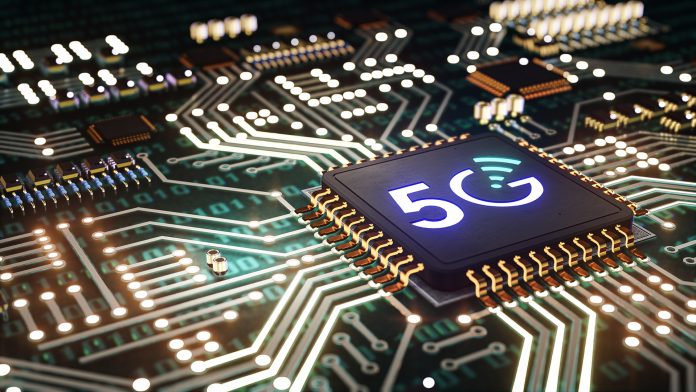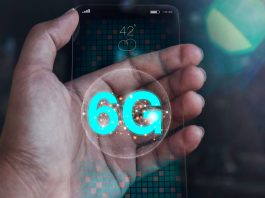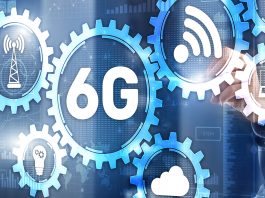Researchers at the Tokyo Institute of Technology have developed a cutting-edge device that could transform the Internet of Things network with the wireless transfer of power and 5G signal.
The possibility of utilising millimetre-wave wireless power transfer as a solution for Massive Internet of Things (Massive IoT) has been channelled by a team from the Tokyo Institute of Technology (Tokyo Tech). The group has succeeded in developing a novel device that simultaneously transmits 5G signal and power. This transceiver for the 5G network signal is completely wirelessly powered and has high power conversion efficiency at substantial distances and angles.
Wireless transfer of power
Ever since the notion of wireless power transfer was first suggested, researchers have been attempting to utilise this concept for various applications, such as 5G networks. As 5G networks start coming online, it is anticipated that the scale of the IoT network will expand. Thus, as the number of devices on the network increases, the necessity of making wirelessly powered devices that can work with 5G signals will become more of a priority.
However, scientists’ efforts to manufacture such devices have been confronted with similar difficulties that many wirelessly powered devices face, namely, short transmission distances and a fixed direction from which power can be received.
A wirelessly powered transmitter-receiver for 5G networks
Now, a group of researchers from Tokyo Tech, led by Associate Professor Atsushi Shirane, have outlined the creation of a wirelessly powered transmitter-receiver for 5G networks that conquers both of these challenges. The team’s conclusions were presented as part of the 2022 IEEE Symposium on VLSI Technology & Circuits.
“The millimetre-wave wireless power transfer system is a promising solution for massive Internet of Things, yet it has been hampered by technical problems. We were thus able to make a breakthrough by producing a 5G transceiver with high efficiency at big angles and distances,” explained Shirane.
The transmitter-receiver developed by the researchers is the first of its kind. The novel device has two modes, a receiving mode, and a transmitting mode. In the receiving mode, the device receives a 5G signal and a millimetre-wave power signal. This power signal triggers the device and delivers power to it. Following this, the device enters the transmission mode and transmits a 5G signal back in the same direction from which it was first received.
Revolutionising the Internet of Things
As a result, this device could effortlessly communicate and be part of the Internet of Things without the requirement for a separate plug point, separating it from the majority of indoor Internet of Things devices currently on the market. The device can generate power over a wide span of angles and distances, overcoming the difficulties faced by earlier wirelessly powered devices.
Therefore, with smaller devices like this, which demand very little maintenance and additional infrastructure, the Internet of Things network can be easily extended to make the world more connected.
“This was the world’s first simultaneous reception of power and communication signals with beam steering. We truly believe that technology like this can revolutionise the Internet of Things network and free it from the shackles that bind it today,” concluded Shirane.









